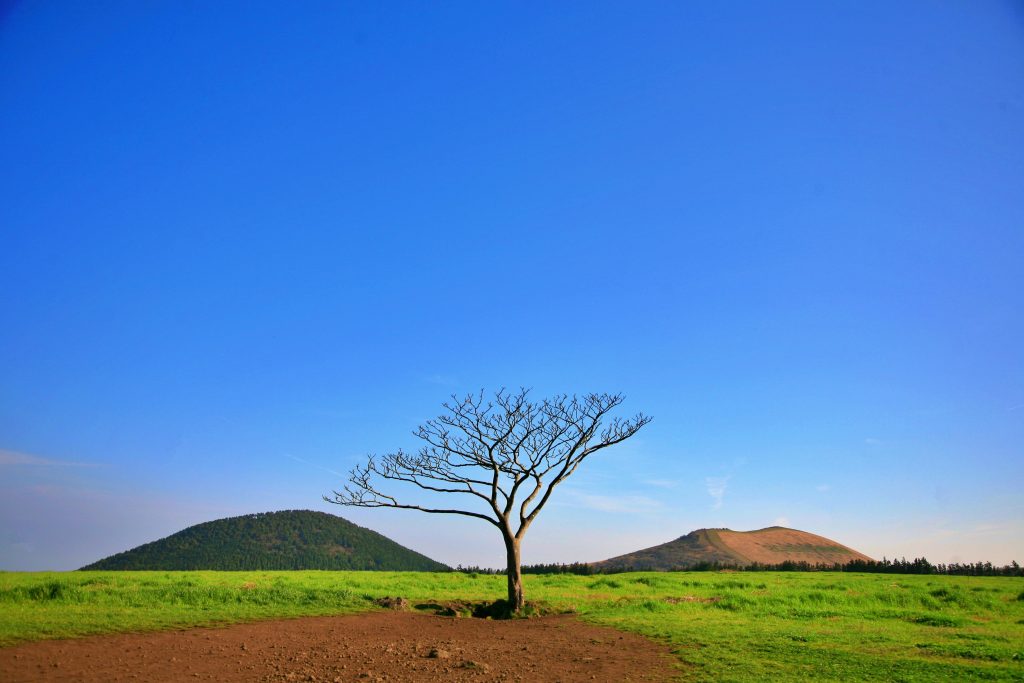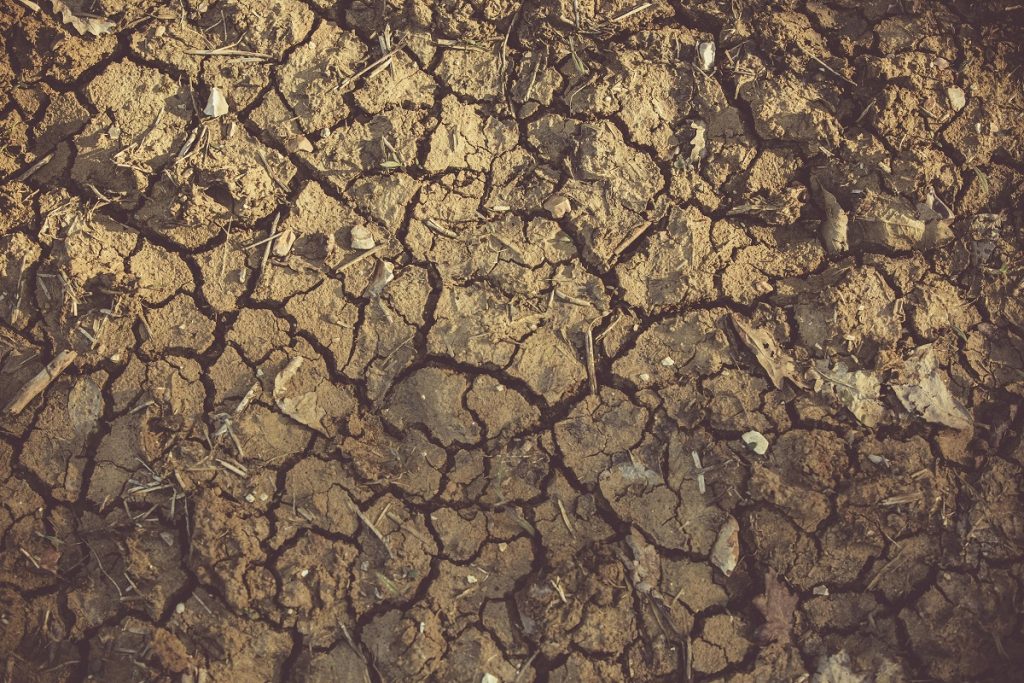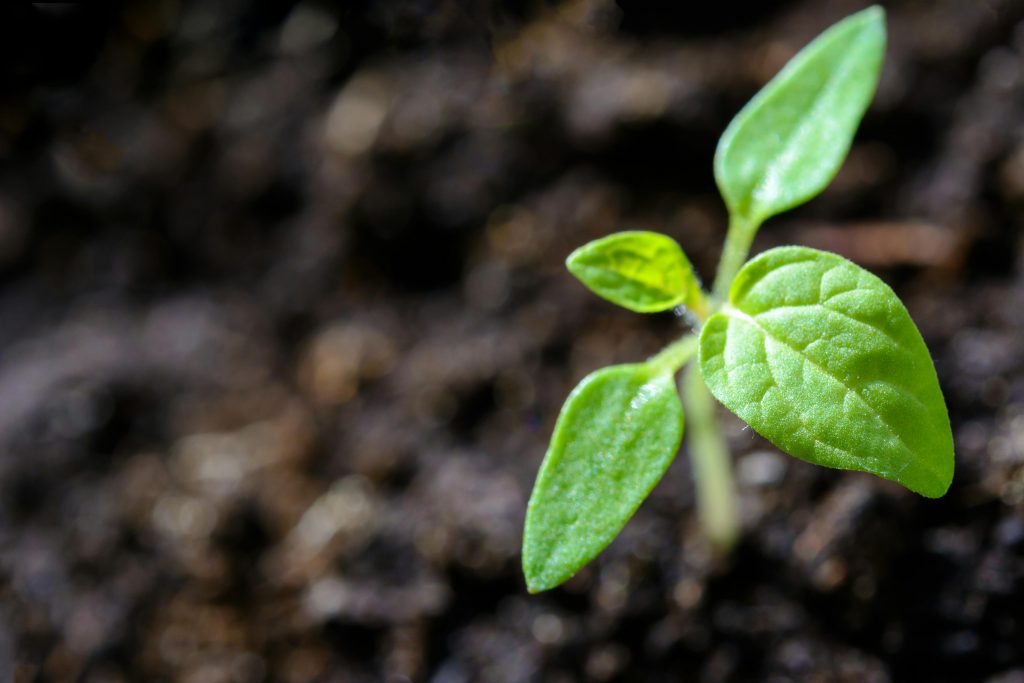

- The advancement of technology offers innovative tools for efficient land conservation.
- Global alliances and knowledge sharing facilitate large-scale conservation projects.
- Individuals, communities, and nations must prioritize the preservation of soil and landscapes.
- We must remember our role as guardians of the Earth and dedicate ourselves to protecting its resources with hope and ingenuity.
Our planet’s soil and landscapes are more than just the picturesque backdrops to our lives and the fertile grounds for our food. They are the silent workhorses of our ecosystems, essential for preserving biodiversity, ensuring global food security, and mitigating the impacts of climate change. However, the relentless march of human activity and the effects of a warming climate place unprecedented pressure upon these vital natural resources.
As a global community, how can we take innovative steps to preserve our soil and protect our landscapes for generations? In this essential guide to land guardianship, we’ll explore the threats facing our soil and landscapes and uncover the creative strategies that can turn the tide on degradation.
The Threats to Soil and Landscapes

The natural elegance of our planet’s landscapes, from the rolling hills of Tuscany to the towering redwoods of California, is under siege. Erosion silently whittles away at the foundations of these landforms, deforestation leaves barren scars, urbanization engulfs fertile plains, and pollution taints the essence of soil’s life-giving potential.
Impending Degradation
Every year, the world loses an area of soil the size of Ukraine due to water erosion. It’s not just a statistical figure—this is the rich, life-sustaining material that supports our agriculture and secures our food supply. The degradation of our landscapes leads to massive losses in essential biodiversity and plants and animals native to these regions, which often face extinction or severe population declines.
Agricultural Challenges
Agriculture, the prime benefactor of fertile soils, also poses one of its gravest dangers. Unsustainable farming techniques that involve the heavy use of chemicals, overgrazing, and mechanized cultivation contribute to soil compaction, salinization, and nutrient depletion, rendering the soil less capable of supporting plant life over time.
The Climate Factor
Climate change exacerbates existing pressures. More intense storms and prolonged droughts further increase the risks of erosion and land degradation. The delicate balance of ecosystems, already reeling from these climate extremes, struggles to cope, leading to a vicious cycle of soil depletion and landscape ruin.
Strategies for Soil Preservation and Landscape Protection

Thankfully, innovative strategies are being developed that combine environmental science with community involvement and forward-thinking policy support. These strategies offer a glimmer of hope that we can secure a healthier future for our precious soil and landscapes.
1. Erosion Control
Erosion is not a foe that cannot be bested. By implementing simple yet effective barriers, such as terraces and retaining walls, we can prevent the washing away our vital soils. As such, erosion control is one of the most critical strategies for protecting our landscapes. This method benefits areas prone to heavy rainfall or strong winds and is commonly used in farming and gardening practices.
2. Sustainable Agriculture Practices
Farming methods that work with nature rather than against it are critical in this fight. Techniques such as cover cropping, which involves planting crops specifically to cover and protect the soil, safeguard against erosion and enrich the soil with organic matter, enhancing its fertility and water retention capabilities.
3. Reforestation and Afforestation
Planting trees and restoring damaged forests is a multi-faceted solution. Trees combat erosion with their deep, intertwining root systems and act as giant carbon sinks, absorbing greenhouse gases from the atmosphere and reducing the risks of climate-related extreme weather events.
4. Policy and Community Engagement
Top-down environmental policies are essential in setting the tone for conservation, but the grassroots movements and local communities can truly realize change. An engaged populace, armed with knowledge and backed by supportive policies, can implement conservation practices effectively and locally contextually sensitively.
The Future of Soil and Landscape Conservation
The challenges ahead are daunting, but the realm of possibility is vast. Continued innovation and research pave the way for more effective, less intrusive strategies. Collaboration across countries and industries is breaking new ground, providing pathways to a future where soil and landscapes are preserved and thriving.
Towards an Integrated Approach
The future of soil and landscape conservation is integrated, where strategies address multiple challenges at once. For example, agroforestry combines tree cultivation with traditional crop farming, delivering benefits in soil preservation, biodiversity, and food production.
The Power of Technology
Advancements in technology, from sophisticated soil monitoring systems to aerial reforestation drones, offer new tools in the conservationist’s toolkit. These innovations allow for more precise and efficient land management, ensuring that our efforts’ impact is maximized.
Global Alliances for Land Stewardship
The formation of global alliances and sharing of knowledge and best practices create a cohesive front against soil and landscape degradation. These alliances can undertake large-scale conservation projects that potentially transform entire landscapes by pooling resources and expertise.
Final Thoughts
Preserving our soil and landscapes must be paramount for every individual, community, and nation. Our collective engagement in innovative strategies and conservation efforts can ensure that the guardianship of our land is a legacy we cherish and pass on to the next generation.
In our quest to become better stewards of the Earth, may we always remember our role as the safeguarders of the land, the protectors of soil’s quiet resilience, and the custodians of landscapes that tell the story of our shared existence. We can write a narrative with hope, ingenuity, and unwavering dedication to the Earth beneath our feet.

